To provide the best experiences, we use technologies like cookies to store and/or access device information. Consenting to these technologies will allow us to process data such as browsing behaviour or unique IDs on this site. Not consenting or withdrawing consent, may adversely affect certain features and functions.
The technical storage or access is strictly necessary for the legitimate purpose of enabling the use of a specific service explicitly requested by the subscriber or user, or for the sole purpose of carrying out the transmission of a communication over an electronic communications network.
The technical storage or access is necessary for the legitimate purpose of storing preferences that are not requested by the subscriber or user.
The technical storage or access that is used exclusively for statistical purposes.
The technical storage or access that is used exclusively for anonymous statistical purposes. Without a subpoena, voluntary compliance on the part of your Internet Service Provider, or additional records from a third party, information stored or retrieved for this purpose alone cannot usually be used to identify you.
The technical storage or access is required to create user profiles to send advertising, or to track the user on a website or across several websites for similar marketing purposes.
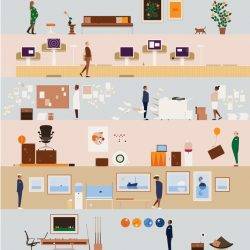 The research-driven Workplace Trends Spring Summit returns for 2019. We have two sessions with invited guest speakers, our keynote and the after lunch debate. Following a recent Call for Abstracts and a blind peer review by our two moderators for the day, Nigel Oseland (Workplace Unlimited) and Mark Eltringham (Workplace Insight), the remaining sessions have now been filled with the highest ranked submissions.
The research-driven Workplace Trends Spring Summit returns for 2019. We have two sessions with invited guest speakers, our keynote and the after lunch debate. Following a recent Call for Abstracts and a blind peer review by our two moderators for the day, Nigel Oseland (Workplace Unlimited) and Mark Eltringham (Workplace Insight), the remaining sessions have now been filled with the highest ranked submissions.




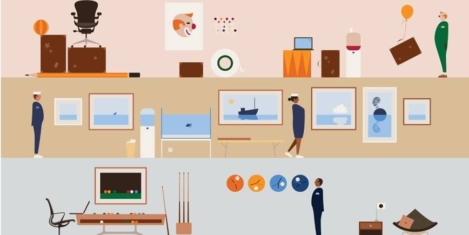


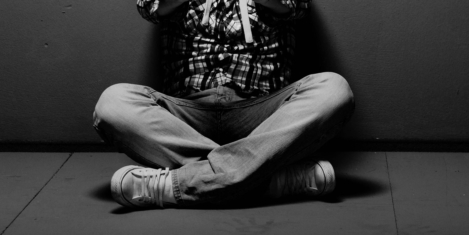
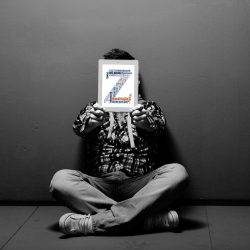 Generation Z, the latest generation to enter the workforce, are more likely to be motivated by job satisfaction and working for social good than by money, a new report claims According to new research from Huawei, in partnership with Chris Brauer, Director of Innovation at Goldsmiths, University of London, based on responses from 2,000 18-25-year olds’ across the UK, also reveals that a new tribe of working professionals among Gen Z is emerging, the ‘New Working Order’.
Generation Z, the latest generation to enter the workforce, are more likely to be motivated by job satisfaction and working for social good than by money, a new report claims According to new research from Huawei, in partnership with Chris Brauer, Director of Innovation at Goldsmiths, University of London, based on responses from 2,000 18-25-year olds’ across the UK, also reveals that a new tribe of working professionals among Gen Z is emerging, the ‘New Working Order’. 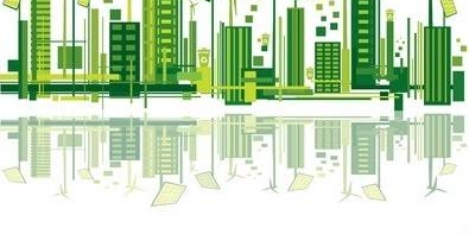
 A new report has been published which argues that FM has the power, and responsibility to contribute towards social, economic and political betterment, but to do so the sector needs to be more explicit in the value it offers. Sustainability in facilities management: A Holistic View’ from Active Workplace Solutions claims to explore sustainability within the built environment, analyses how the facilities management (FM) sector can impact wider environmental, social and economic goals and build a holistic strategic picture of sustainability.
A new report has been published which argues that FM has the power, and responsibility to contribute towards social, economic and political betterment, but to do so the sector needs to be more explicit in the value it offers. Sustainability in facilities management: A Holistic View’ from Active Workplace Solutions claims to explore sustainability within the built environment, analyses how the facilities management (FM) sector can impact wider environmental, social and economic goals and build a holistic strategic picture of sustainability. 



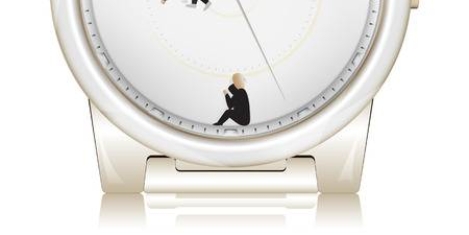
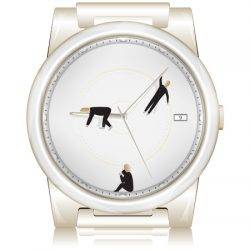

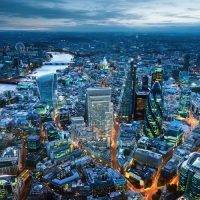 The level of demand for UK commercial property remains strong, despite continued lack of clarity over Brexit. According to the latest GVA review of commercial property investment market, European investors were more risk averse to the UK market because of the uncertainty caused by Brexit but demand from overseas investors, particular from China and the Far East, strengthened in 2018. Domestic investors have also made a ‘come-back’ to the UK market and have accounted for approximately 12 percent more acquisitions in 2018, compared to the previous year. In the North East, the lack of availability of investment property is one of the biggest factors affecting growth and there remains strong competition, particularly for prime well let assets. Regardless of political uncertainty, the fundamentals of the UK commercial property market will continue to make it an attractive place to invest, with London remaining the number one priority target of investors outside of Europe. Overall, the report concludes, the UK commercial property market will remain attractive with the exception of retail.
The level of demand for UK commercial property remains strong, despite continued lack of clarity over Brexit. According to the latest GVA review of commercial property investment market, European investors were more risk averse to the UK market because of the uncertainty caused by Brexit but demand from overseas investors, particular from China and the Far East, strengthened in 2018. Domestic investors have also made a ‘come-back’ to the UK market and have accounted for approximately 12 percent more acquisitions in 2018, compared to the previous year. In the North East, the lack of availability of investment property is one of the biggest factors affecting growth and there remains strong competition, particularly for prime well let assets. Regardless of political uncertainty, the fundamentals of the UK commercial property market will continue to make it an attractive place to invest, with London remaining the number one priority target of investors outside of Europe. Overall, the report concludes, the UK commercial property market will remain attractive with the exception of retail.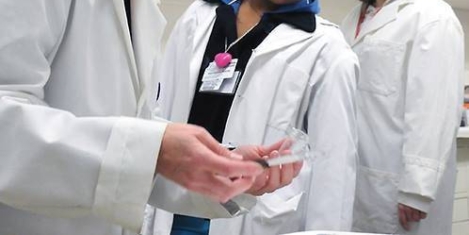

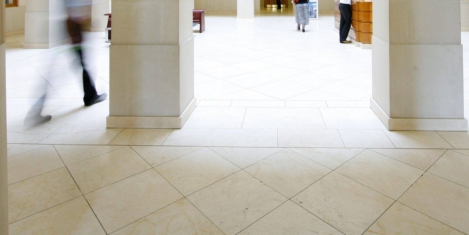
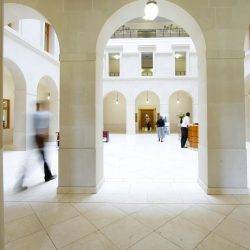
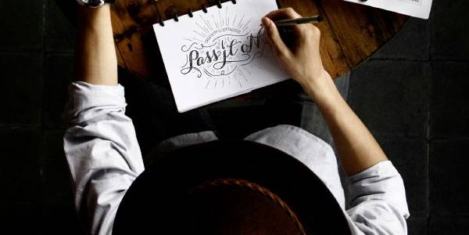









November 19, 2018
A cheap day return to Farringdon, please
by Neil Usher • Comment, Facilities management
(more…)